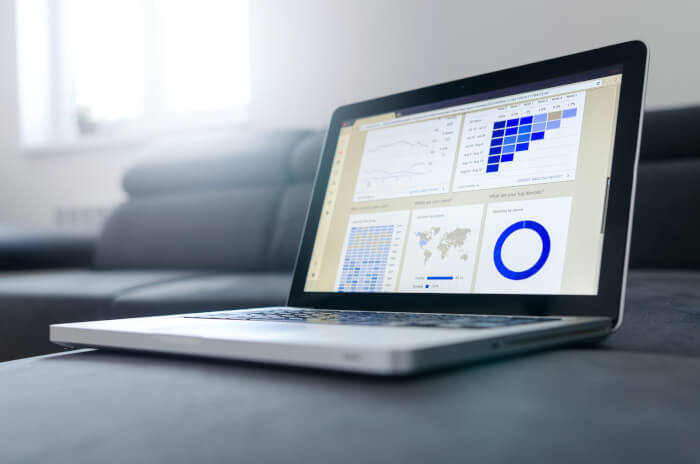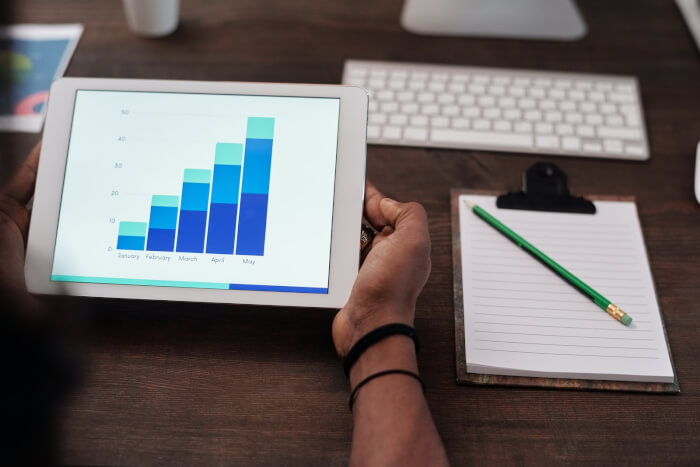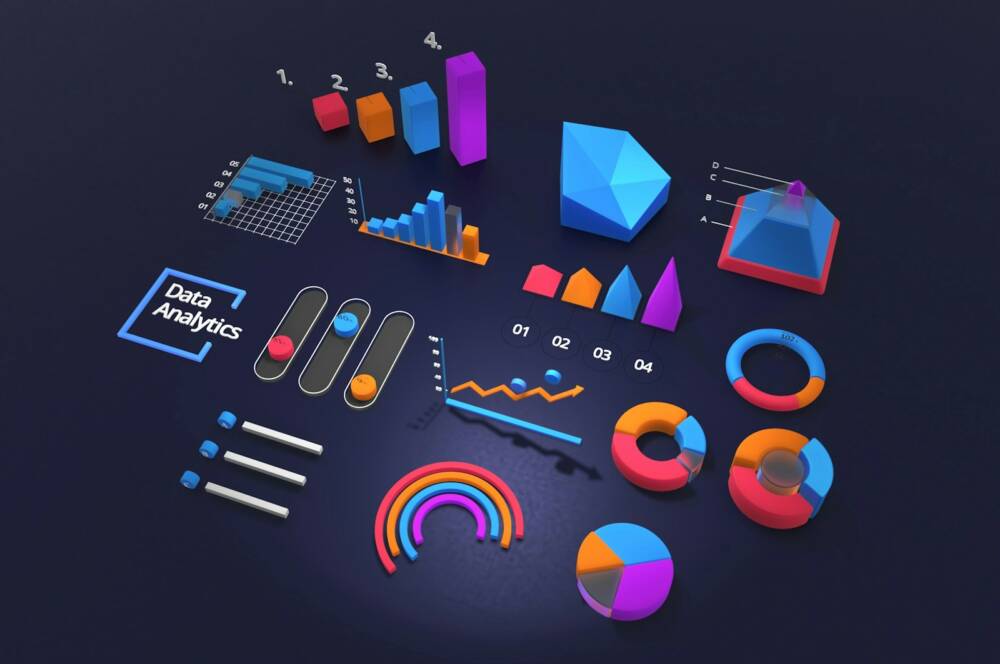Tips for Optimizing Your Company’s Merchandise Fulfillment Process

Are you aiming to go above and beyond to provide customers with the highest level of quality?
It is usually possible through your merchandise. Your merch must be the best as it’s a significant part of your brand. It also has to be appropriately distributed.
That’s where fulfillment comes in. Merchandise fulfillment is a part of the process. It allows you to distribute your products to sellers effectively.
Read on to discover some tips that’ll optimize your fulfillment process.
- Establish Clear Procedures
Any company must have clear procedures regarding its merchandise fulfillment process. It is to optimize the operation and maximize operational efficiency effectively. To achieve this, companies must first set clear lines of communication between departments.
It is to ensure that the process is streamlined from start to finish. The company should ensure that all employees are well-trained in the procedures they must follow. They should be familiar with the expected turnaround times for different orders. By using a retail performance management system retail organizations can better understand customers and trends. In addition, employees can be trained to to create exceptional customer experiences and maximise their performance.
Companies should also establish a tracking system that records order statuses. The system must identify any potential bottlenecks in improving customer service.
- Invest in Automation Technology
Investing in automation technology is wise. The following are its benefits:
- It streamlines operations.
- It saves valuable time and resources in the long run.
- It can quickly process orders.
- It helps update existing databases.
- It lessens manual effort and human errors.
- It also increases accuracy and scalability.
- It allows a company to respond quickly to changing customer demands and requirements.
- It can also customize to your business needs.
- It helps provide real-time data.
- It can be further analyzed and used to optimize sales efforts.
Also, use an ecommerce fulfillment provider specializing in your particular merchandising types. It includes toys, electronics, apparel, or other retail items. The provider should have the expertise and resources.
It is to quickly and efficiently handle your merchandise fulfillment needs. Learn more info about ecommerce fulfillment services here for a better fulfillment process.
- Monitor Inventory Management Metrics
Monitoring inventory metrics to optimize your company’s merchandise fulfillment process is essential. It includes availability, stock levels, demand forecast, and delivery performance. For e-commerce sellers, partnering with a Full Service Amazon Agency can simplify inventory tracking and ensure your fulfillment process aligns seamlessly with customer expectations.
It ensures that stock levels align with customer demand. Also, tracking availability in the warehouse of ordered items will ensure the process is as smooth as possible.
Consider automating processes within your organization. It is to streamline and make the operation run more efficiently.
Tracking delivery performance will help identify improvement areas. It also creates strategies to reduce delays.
Also, analyzing customer feedback can provide insight into how well they handle the process. It can optimize your merchandise fulfillment process for better performance with the proper steps.
Learn About Merchandise Fulfillment Today
The merchandise fulfillment process is crucial for any business. Following these tips will help lead to better customer satisfaction. Take the first step, and watch your business thrive!
If you find this article helpful, check out more of our posts!























